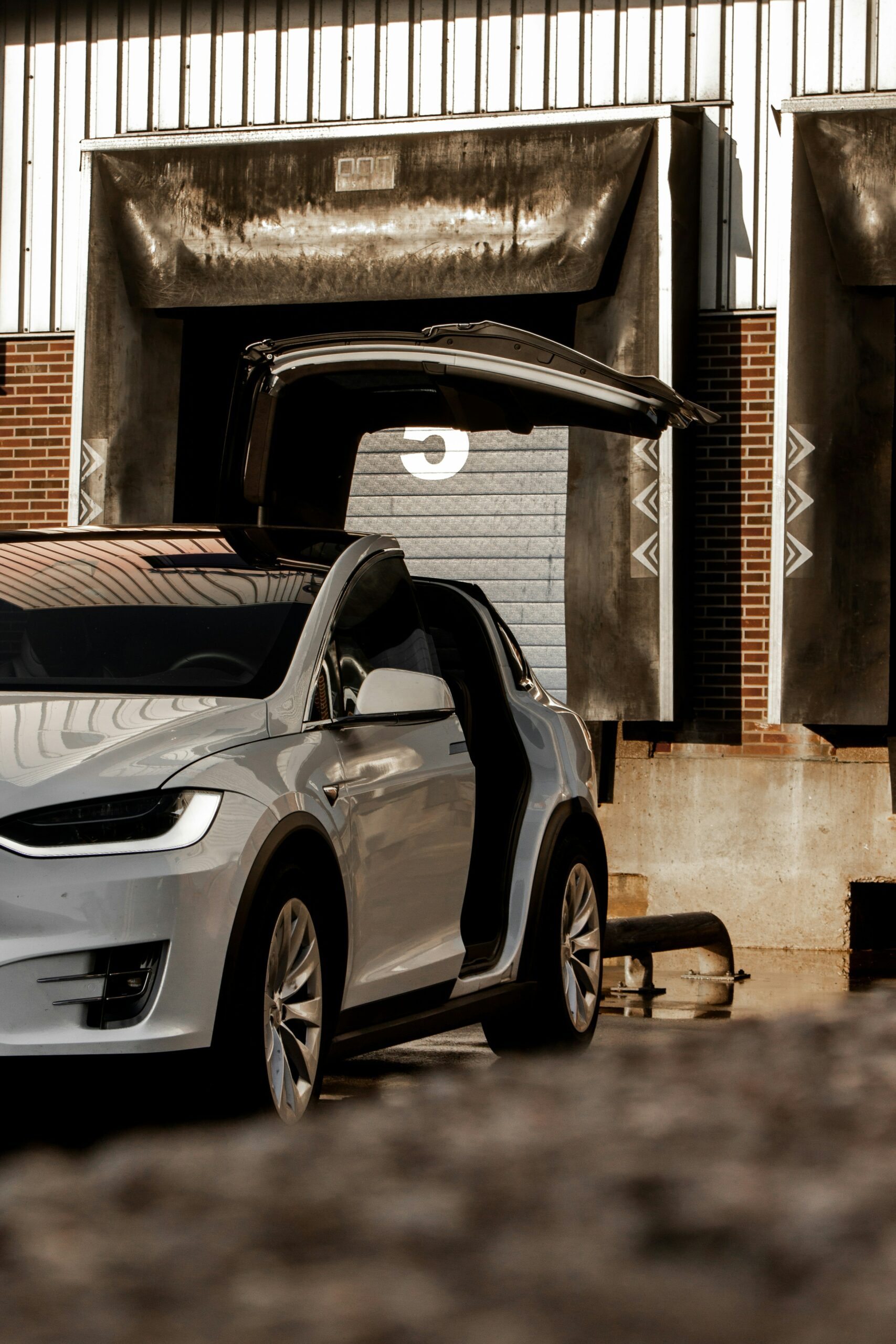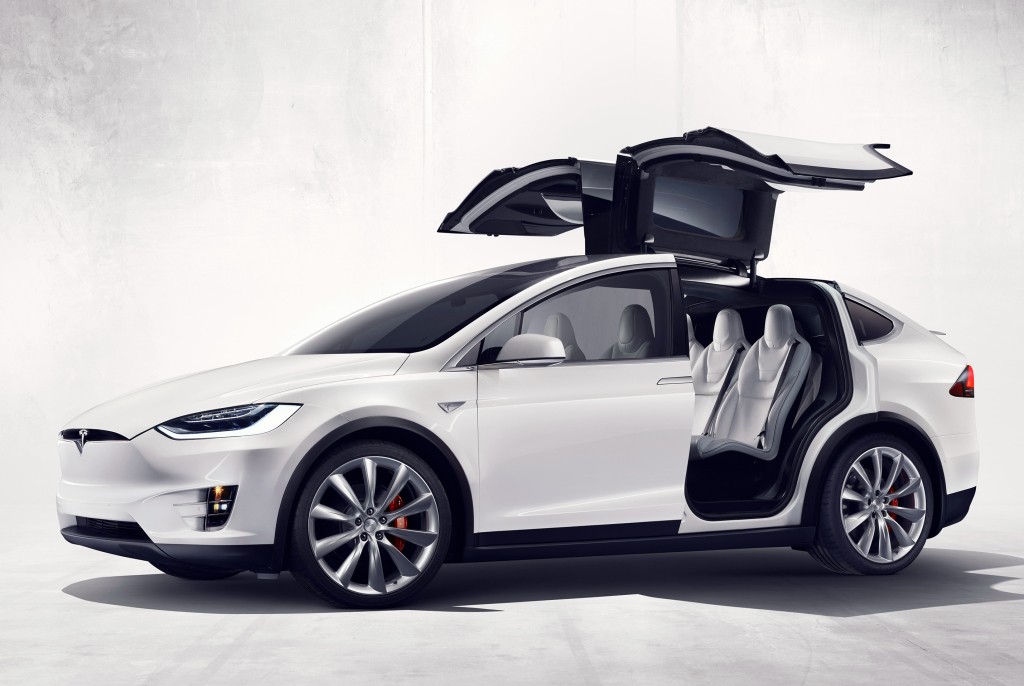Tesla Butterfly Doors: The Futuristic Feature Everyone is Still Talking About
Tesla has a reputation for pushing the boundaries of automotive design and technology. While innovations like Autopilot and Supercharging have captured headlines, arguably one of the most visually striking and conversation-starting features remains the butterfly doors (also known as falcon-wing doors) found on the Model X. Years after their initial introduction, these dramatic upward-opening doors continue to fascinate, intrigue, and generate discussion. This article delves into the design, functionality, and impact of these iconic doors, exploring why they’re still a talking point today.
The Genesis of the Falcon-Wing Door: A Vision of Functionality
The development of the Model X and its signature doors wasn’t simply about aesthetics. Tesla’s engineers had a specific vision: to create a vehicle that offered unparalleled access to the second and third rows, even in tight parking spaces. The design process was complex and involved extensive prototyping and testing. Here’s a breakdown of the key design goals:
- Easy Access in Tight Spaces: The doors are designed to open upwards and outwards, requiring minimal lateral space. This allows passengers to enter and exit the vehicle even when parked between other cars.
- Unobstructed Access to Second and Third Rows: The doors provide a massive opening, making it easy to load and unload passengers, including children and those with mobility challenges.
- A Statement of Innovation: The butterfly door design immediately sets the Model X apart from other SUVs, signifying Tesla’s commitment to forward-thinking design.
Engineering Marvel: How the Falcon-Wing Doors Work
The seemingly simple act of opening and closing the falcon-wing doors is a testament to Tesla’s engineering prowess. The doors are packed with sensors and actuators to ensure smooth and safe operation. Here’s a look at the key components and their functions:
- Double-Hinged Design: The doors are hinged in the middle, allowing them to fold upwards and outwards in a controlled manner.
- Ultrasonic Sensors: These sensors detect obstacles above and around the vehicle, preventing the doors from opening if they detect a potential obstruction like a low ceiling or a nearby car.
- Electric Motors: Powerful electric motors provide the force needed to lift and lower the doors.
- Weather Sealing: The doors are designed with multiple seals to prevent water and air from entering the cabin, ensuring a comfortable ride in various weather conditions.
- Automatic Operation: The doors can be opened and closed with the key fob, the touchscreen inside the vehicle, or by pressing a button on the door itself.
The Pros and Cons of Tesla’s Butterfly Doors
While the falcon-wing doors are undoubtedly a head-turning feature, they also come with their own set of advantages and disadvantages. Understanding both sides helps to appreciate the full picture.
Pros:
- Enhanced Access: Unparalleled access to the second and third rows, making it easy to load and unload passengers and cargo.
- Parking Flexibility: Can open in tight parking spaces where conventional doors would be unusable.
- Eye-Catching Design: The doors are a unique and instantly recognizable feature that sets the Model X apart.
- Automatic Operation: Convenient and easy to use.
Cons:
- Complexity and Potential for Issues: The intricate design can lead to potential mechanical issues that require specialized repair.
- Cost: The doors add to the overall cost of the Model X.
- Limited Overhead Clearance: They require sufficient overhead clearance to open, which can be a limitation in some garages or parking structures.
- Weight: The doors contribute to the vehicle’s overall weight.
- Wind Resistance: Can be more susceptible to wind gusts when opening.
The Long-Term Impact and Legacy of the Model X Doors
The butterfly doors on the Tesla Model X have had a lasting impact on the automotive industry. They’ve:
- Inspired Design: Other manufacturers have experimented with innovative door designs, although few have replicated the falcon-wing concept.
- Elevated Tesla’s Brand Image: The doors have contributed to Tesla’s reputation for innovation and futuristic design.
- Generated Ongoing Conversation: The doors remain a topic of discussion among automotive enthusiasts and the general public alike.
Frequently Asked Questions (FAQs)
1. Are the falcon-wing doors reliable?
While Tesla has made improvements over the years, the doors’ complexity can lead to occasional issues. Tesla provides regular maintenance and updates to improve reliability.
2. How much headroom do the doors require to open?
The doors require a minimum of 10 feet (3 meters) of overhead clearance to fully open. Always check the height of your garage or parking structure before attempting to open the doors.
3. Can the doors be operated manually?
Yes, in an emergency, the doors can be manually opened. However, the process is more complex than with standard doors. Consult your owner’s manual for specific instructions.
4. Are the doors waterproof?
The doors are designed with seals to prevent water from entering the cabin. However, like any car door, there is a potential for water intrusion in extreme conditions.
Conclusion
The Tesla butterfly doors on the Model X are more than just a design gimmick; they represent a bold vision of automotive functionality and innovation. While they present some practical challenges, their impact on the automotive landscape is undeniable. They continue to be a symbol of Tesla’s forward-thinking approach and a testament to the ongoing evolution of car design. Whether you admire them or find them impractical, the Model X’s falcon-wing doors have certainly left their mark on the automotive world.




